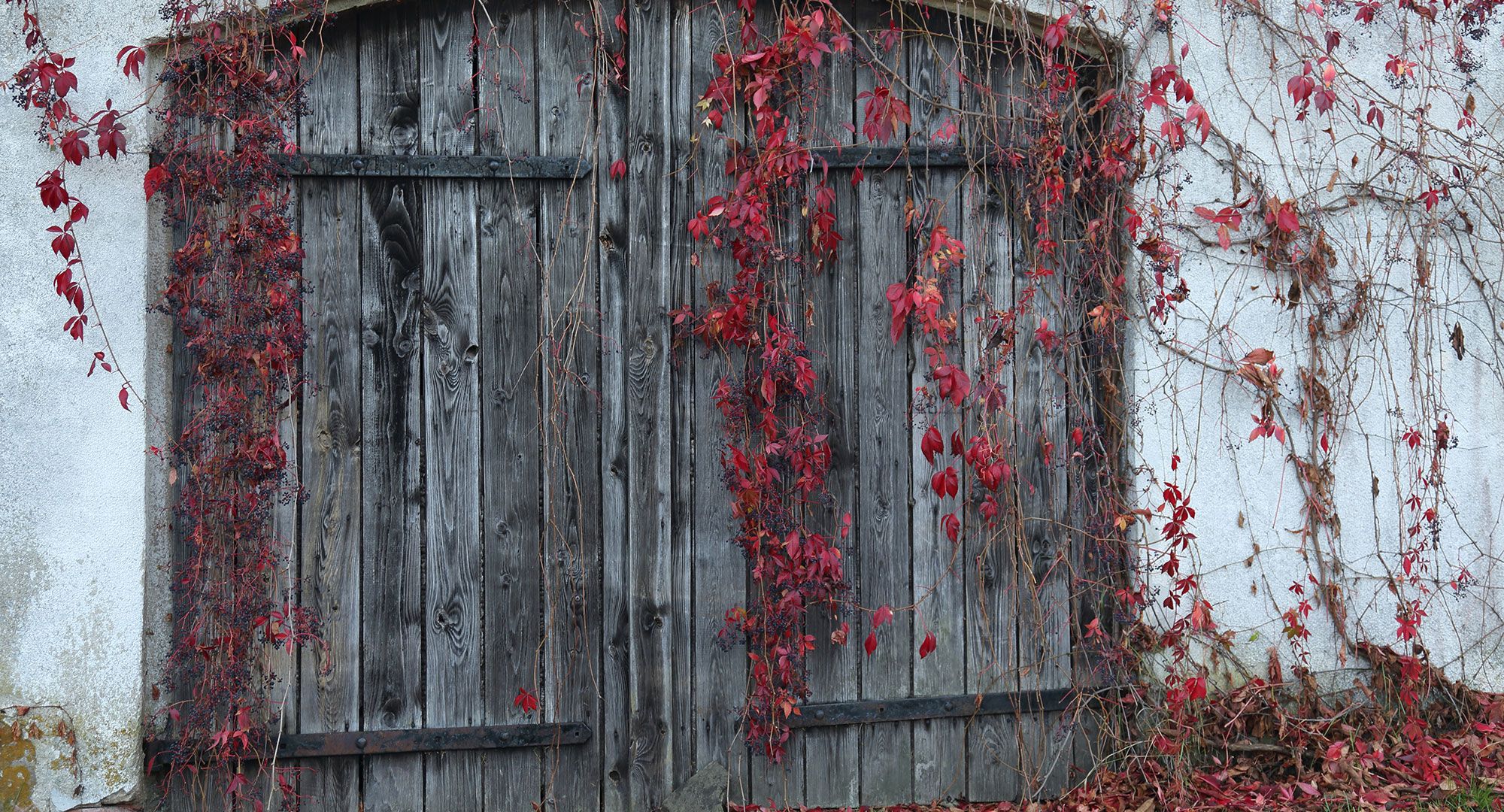
 Book now
Book now

 Book now
Book now

Stary Młyn (Alte Mühle) is the former name of Strzeszyn, village located on an ancient salt route from Kołobrzeg to Greater Poland at the ford of the Brody and Strzeszyn lakes ever since the early Middle Ages. From at least the 11th century until the time of Prussian take-over at the end of the 17th century, the town was situated on the border between Poland and Pomerania (later Brandenburg/Prussia). The border ran along the road passing right through the middle of the village. At the end of the 13th century, the Templars from Czaplinek, who were granted the neighbouring lands by the Duke of Greater Poland Przemysław II, built a water mill there. In 1566, after having granted the ownership of the village to the family von Wolde, whose members were knights of the country house of Pomeranian dukes, the village was named Alte Mühle (Old Mill).
Andreas von Wolde, whose ancestors, Da Silva, after completing crusades to the Holy Land in the 13th century, left Iberia and set off in pursuit of new challenges in the service of the Duchy of Pomerania, built a residence of knights (Rittergut) in place of the destroyed residence of an Raubritter. In its place, up to this day, one can still find the Stary Młyn Country House by the Brody lake. The building was rebuilt many times and its present shape dates back to the mid-19th century. It is a typical example of the Prussian country house along with the surrounding park and storage buildings (stables, distillery, etc.). Since the 1970s, the whole facility was used as a recreation centre, a stud and a hotel for horses ran by state owned farm PGR Łubowo. Full renovation and modernization of the facility by private owners was finished in 2016, combining historical heritage with modern requirements of tourist facilities and symbiotic relation with environmentally-friendly farmstead, horse breeding and stud farm, perfectly fitting into the area of the Drawsko Landscape Park and Natura 2000 area.